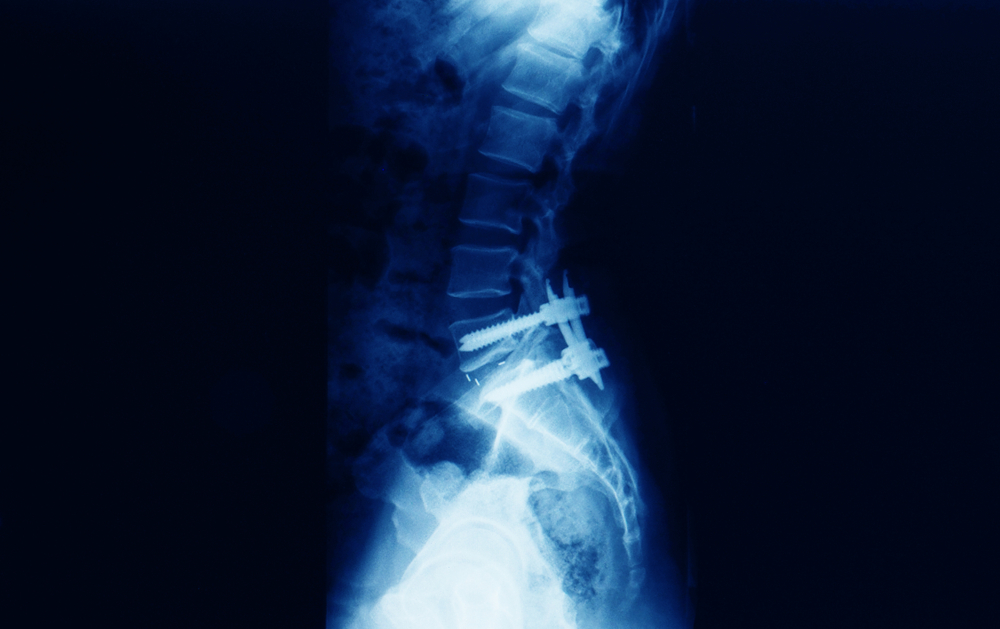Direct lateral interbody fusion, also known as DLIF, approaches the spine through the patient’s side instead of through the spine’s back or front. The DLIF technique makes an incision along the hip to avoid cutting muscles and tendons, giving the surgeon a lateral view of the surgical site. The direct lateral interbody fusion is performed as a minimally invasive procedure, with small incisions less than 3 cm long to avoid scarring, tissue damage, and nerve damage, allowing the surgeon to place bone graft material through the incision to mend the discs and provide stability and support.

Why Choose the DLIF Procedure?
The DLIF procedure reduces damage to muscles throughout the posterior side of the back and avoids going through the chest and abdomen with an anterior approach. Patients who cannot have surgeries that risk cutting muscles or moving through the abdominal region to access the spine. By working through the body’s side, minimal muscles and tissue will be moved and can prevent further instability from the spinal cord and nerves. Those who suffer from spine deformities with high risks of disc degeneration can benefit from this procedure. Other conditions that the DLIF treatment can help include:
- Lumbar canal stenosis: Caused by back pain or spinal instability, stenosis can pressure the spinal cord and affect the nerves
- Spondylolisthesis: The lower vertebrae slips forward, causing the bones to directly touch, causing inflammation in the discs, nerve pain, and back pain.
- Disc prolapse: Spinal instability resulting from previous surgeries and back pain.
- Degenerative Disc Disease: When the discs begin to degenerate, it can cause the nerves to become inflamed and lead the bones to rub against one another, causing severe pain.
When conservative treatments, including pain medication, physical therapy, and braces treatment, don’t provide relief, DLIF can improve muscle strength, back stability and relieve the nerve pain caused by spine instability and deformities.
How is DLIF Performed?
When a surgeon performs a direct lateral interbody fusion, they will follow these steps for successful surgery:
- The patient will receive general anesthesia to prepare for the surgery. Small incisions will be made along the patient’s side, creating a lateral incision near the hip area.
- Muscles will be retracted from the area using dilation tubes to provide access to the spine.
- If needed, parts of the lamina bone will be removed to access nerves near the spinal region. If nerve clusters are obstructing the area, nerves will be carefully moved to access the discs.
- Discs will be removed through a retractor device, removing any damaged discs present.
- The surgeon will then install orthopedic devices to realign the empty disc space and provide space for the bone graft. The bone graft will be installed to lift pressure off the nerves and provide space for the bone graft to fuse the vertebrae.
- Once installed, the incisions will be closed, with wounds being cleaned and bandaged. Recovery from DLIF can take up to a few weeks to a few months to recover, depending on the treatment’s extent
For more information on DLIF procedures and treatment options for your lower back pain, please contact us.



